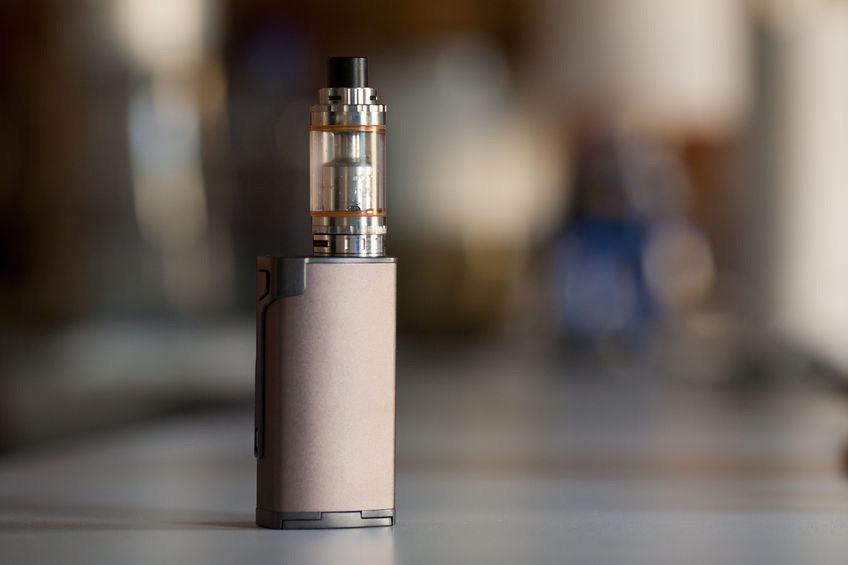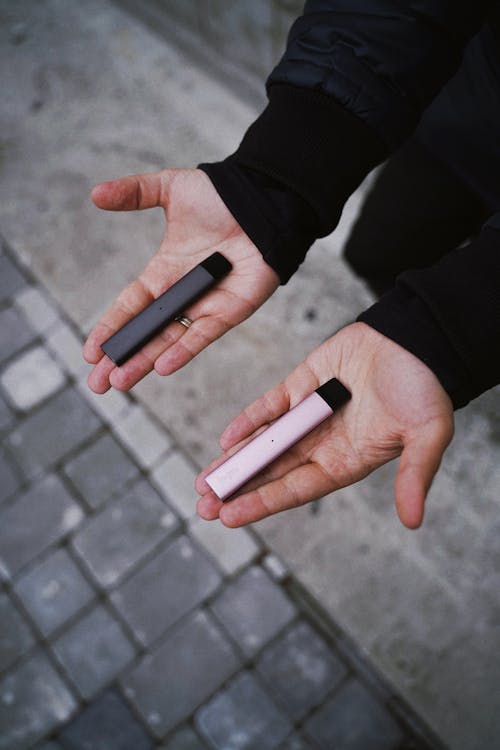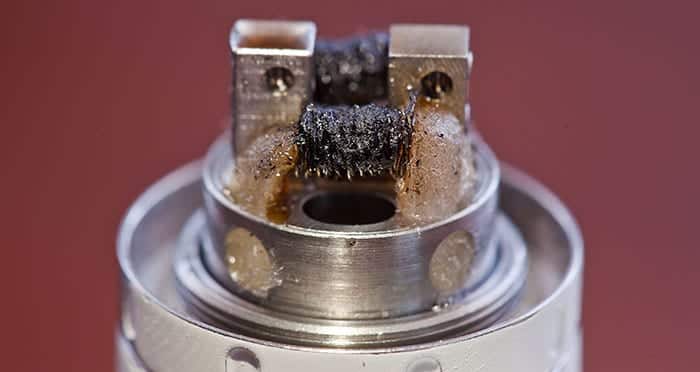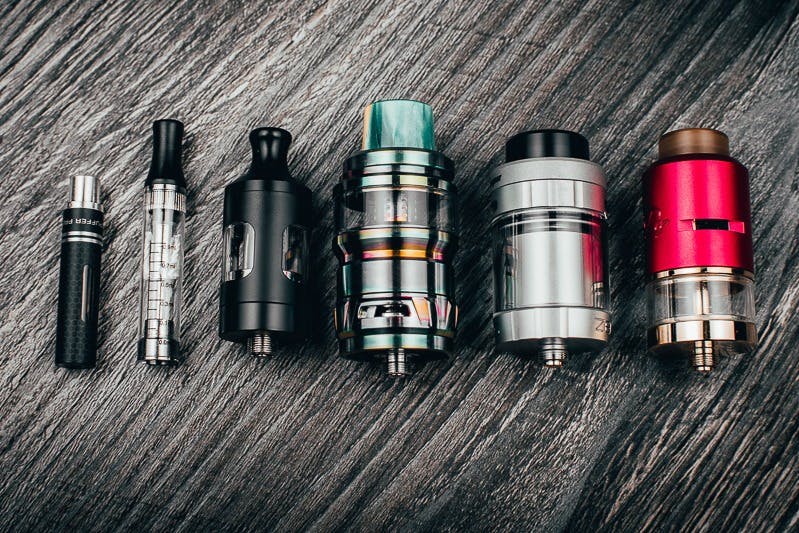Wherever there is smoke, there is a chance that if it is not tamed correctly, the smoke can lead to a fire outbreak, which can snowball into a disaster. The primary objective behind the innovation known today as smoke-detecting devices is to ensure smoke, no matter how little, can be quickly detected. So, does this apply to vapes and how can you vape safely without setting off smoke alarms? Let’s find out.
Can vapes trigger smoke alarms?
There was a time when smoking pipe was a big deal among smokers until cigarettes came on board. Today, smokers have many options thanks to the introduction of vape devices. According to data for tracking vape usage across the globe, it is reported that more than fifty-one people worldwide are into vaping, with one in every twenty U.S. citizens falling into the category. Batteries power vapes, and unlike traditional cigarettes, it does not emit smoke from the by-product of tobacco.
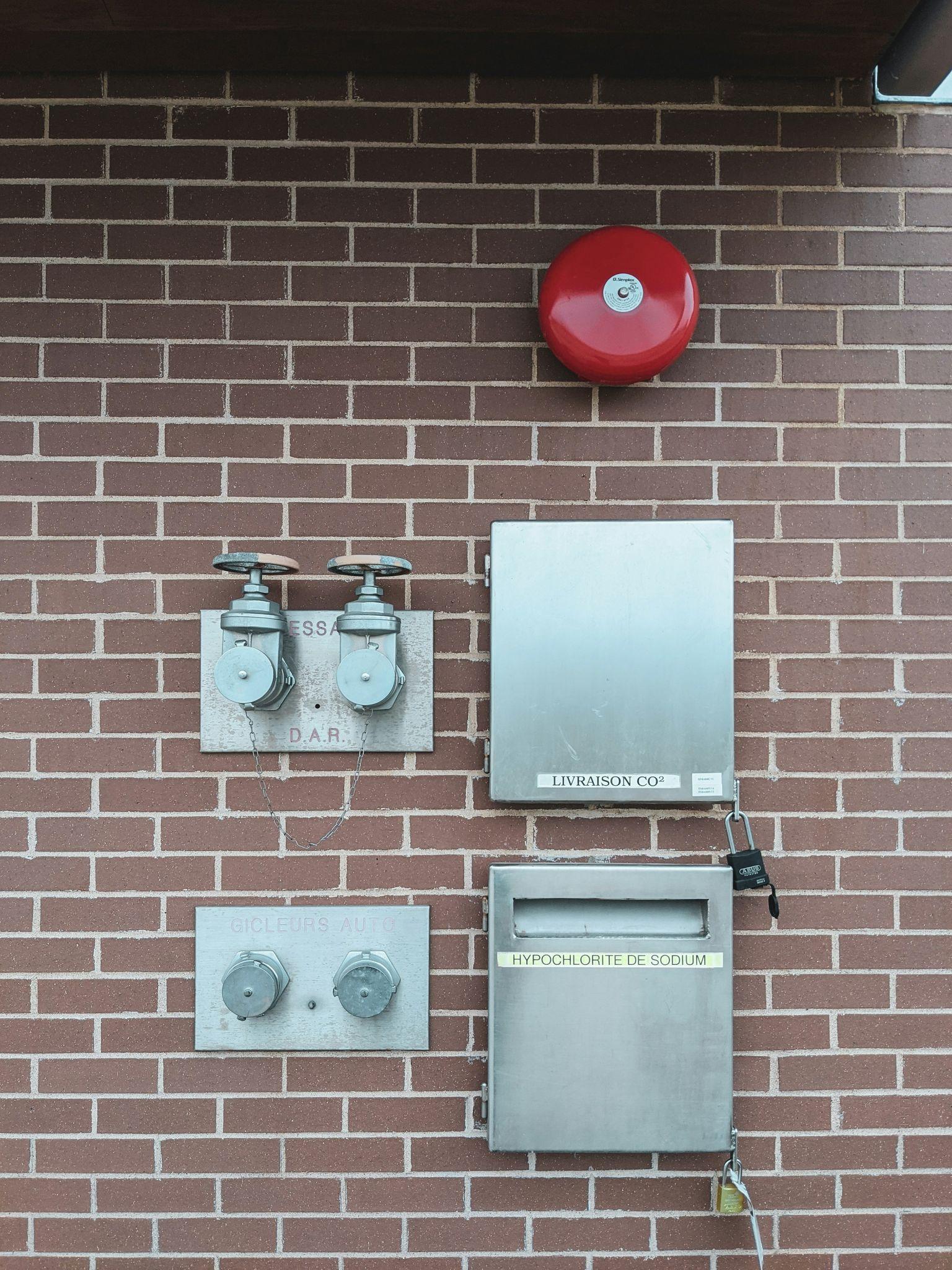
Batteries power vape devices and vape juice is the fuel that creates the feelings its users crave to get. Despite the fact that vapes are not tobacco-oriented, the smoke from the device can still trigger smoke alarms because the sensors of a modern version of smoke-detecting devices are highly sensitive. Vaping inside your home may be cool, but when you blow the vapor directly toward a modern smoke-detecting device, it will certainly trigger the smoke-detecting device.
How does a smoke alarm function?

Research from the National Fire Protection Association has shown that having smoke alarms in the home reduces the rate of fire outbreaks by 55%. Some smoke alarms are designed to detect fires, and they can only do that by sensing small particles. Every smoke alarm has its inherent designs that determine the level of smoke that the device can detect before ringing the danger alarm bell.
Smoke detectors operate on two distinctive models. The first model is photoelectric, while the second is an ionization detector.
- Photoelectric technology
Smoke-detecting machines rely on photoelectric technology by detecting light reflected off particles from a beam of light placed inside the device sensor chamber. The absence of particles in the sensor chamber implies that the condition is okay and there is no cause for alarm. However, whenever there are particles in the sensing chamber and the light level detected is above the required level, the smoke device machine will trigger an alarm to indicate danger.
- Ionization technology
The second method, known as the ionization detector, uses radioactive materials to charge the air molecules between two plates. This arrangement creates a form of electrical current that journey from one end of the plate to another in the air. When smoke particles get into the chamber, they attract the ions. The moment the particles entering the chamber manage to reduce the current between the two plates to a certain level, the smoke machine will register those particles as smoke, and the next line of action is to sound the alarm bell.
Both photoelectric and ionization technology have their strength and weaknesses. Photoelectric technology is highly sensitive to bigger particles, while ionization technology is perfect for trapping smaller particles.
Do vapes set off alarms in planes?
No doubt, every airplane has a smoke detector that allows pilots and cabin crew members to detect flame or fire outbreaks on the plane. However, we must be clear that the design of smoke detectors inside an airplane is different from some of the modern smoke detectors that are available today. However, airplane manufacturers are also upping their game to meet up with the new realities. As stated earlier, every airplane has a smoke detector, but most of them don't have effective smoke detectors that can capture smoke emanating from a vape device. Compared to traditional cigarettes, vapes, also known as e-cigarettes, produce less visible vapor, making it difficult for airplane smoke detectors to identify the vape emission type. Therefore, the chances of a vape setting off a smoke alarm in an airplane is very low.
Can vapes set off alarms in hospitals?

Hospital management always makes it clear to their patients and visitors that the hospital is a smoking-free environment. So, whether you are into a pipe, cigarette, or e-cigarette, smoking of any form is not allowed within the hospital premises because of the safety of some peculiar patients. Also, this is necessary for the protection of those with smoking allergies. But can a hospital smoke detector trigger when someone is vaping around? Vaping is not the same as traditional cigarettes. If you light a conventional cigarette inside a hospital vicinity, you can be sure that it will trigger the smoke detector. However, vaping on most occasions will not trigger the smoke detector alarm bell, except the hospital has an alarm that can detect broken light beams and changes in particles.
Understanding the rules of engagement governing how hospitals and health facilities operate will save you from trouble. If you are into vaping and you have an engagement within a hospital, you should keep the vape inside your car or at home. Vaping is not restricted to the hospital wards only. The entire area of a hospital landmass is vape-free, and if you are caught vaping within the premises, it will attract a considerable degree of punishment.
How to ensure you don't trigger the smoke alarm while vaping
- Ventilate the space
When the air is confined to a particular space, it makes the process of dissipating the vapor from the vape device into fresh air difficult, and that will trigger the smoke alarm detector. So, before you ignite your vape device, ensure there is enough ventilation. Your space should be properly aired out for your safety as well. Ventilation allows the vape vapor to mix with natural air, and with increased airflow, the vapor will not be able to trigger the smoke alarm easily.
- Create a distance with the smoke detector.
Ordinarily, old-model smoke detectors usually find it difficult to trigger the alarm whenever someone is vaping around it. However, that does not mean that when you vape close to it, it will not trigger the fire alarm. Opening up your space before vaping is a fantastic idea. However, there’s still more to be done. You should also ensure there is enough space between you and the smoke detector. Keep your distance from the smoke detector as far as you can. Doing this will ensure that the smoke doesn’t find its way into the detector. If you vape close to the smoke detector, then there is only one thing that happens next. The device will sound like a fire alarm.
- Vape at low settings
The beauty of vaping is that users are at liberty to set the power settings to a custom setting of their choice. If you are vaping in an environment where there are no smoke alarms, you can gas up. But if you have smoke alarms at every corner, then treat them softly by adjusting the vape power settings to its lowest value to reduce the level of vapor coming out from the vape device.
- Exhale less
The easiest way to minimize the vapor level from vaping is to take shorter puffs. When you take long puffs, you accumulate more, and that increases the level of vapor you release. With short puffs, you exhale less, and that reduces the volume of vapor that is released into the air. Short puffs give less vapor, and less vapor reduces the volume of vapor coming into the air, and that alone will reduce the volume of particles released from your vape.
- Go for vaporless vape.
As a vape user, you are at liberty to either use vape with vapor or vaporless vapes. Vaporless, also known as e-liquid, does not release the cloud effect associated with vapes with vapor. With a vaporless vape, the chances of smoke alarms picking up its particles are slim. Once you exhale, the vapor disappears almost immediately. Therefore, it doesn’t stay long in the atmosphere to set off smoke alarms.
Vapes are fast becoming the fan's favorite among smokers, especially among young generation smokers, because of their technological advancement, portability, and different flavors. Unlike traditional cigarettes, smoke alarms, particularly the older models, hardly pick up the scents of vape vapor, making the chances of vape vapor triggering a smoke alarm less likely.
Before sparking your vape device, it is best to understand your environment to know if it is a smoking-free environment or not. Places like airports, airplanes, and hospitals are some of the areas where vaping is not allowed. But if you are vaping inside your home or in locations where smoking is permitted, be conscious of the presence of smoke alarm installations in those places.
Make sure you only smoke where there is sufficient ventilation, and try as much as possible to distance yourself from the smoke alarm device. You can also opt for the vaporless variety which is available in different types on UPENDS. You’ll definitely find vapes that don’t trigger smoke alarms and take you through the hassle of explaining that there’s no fire outbreak.













